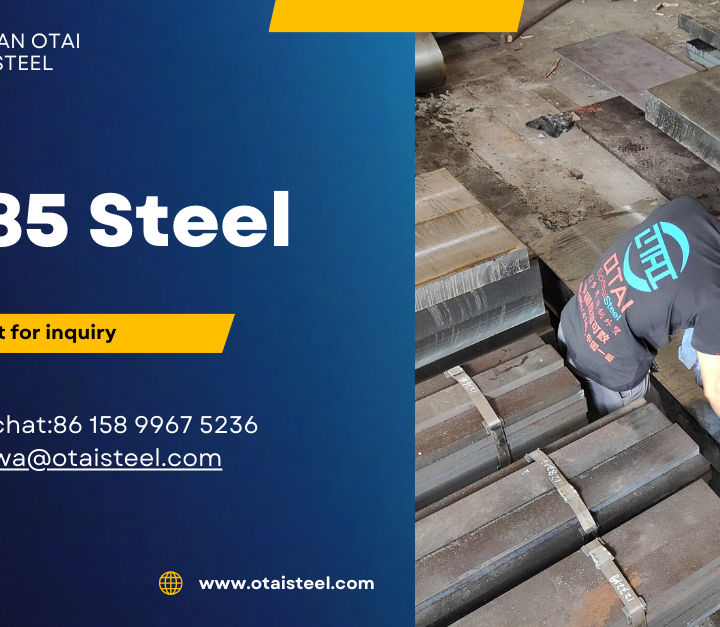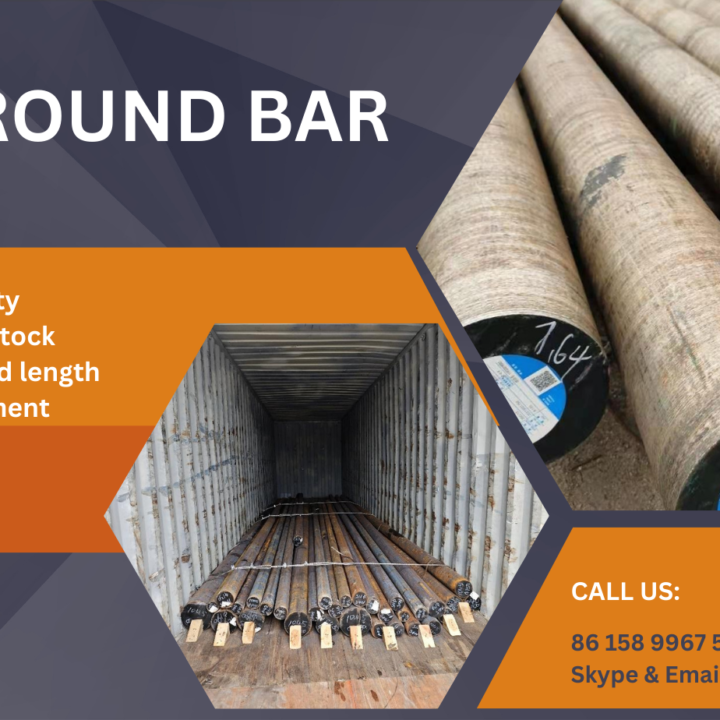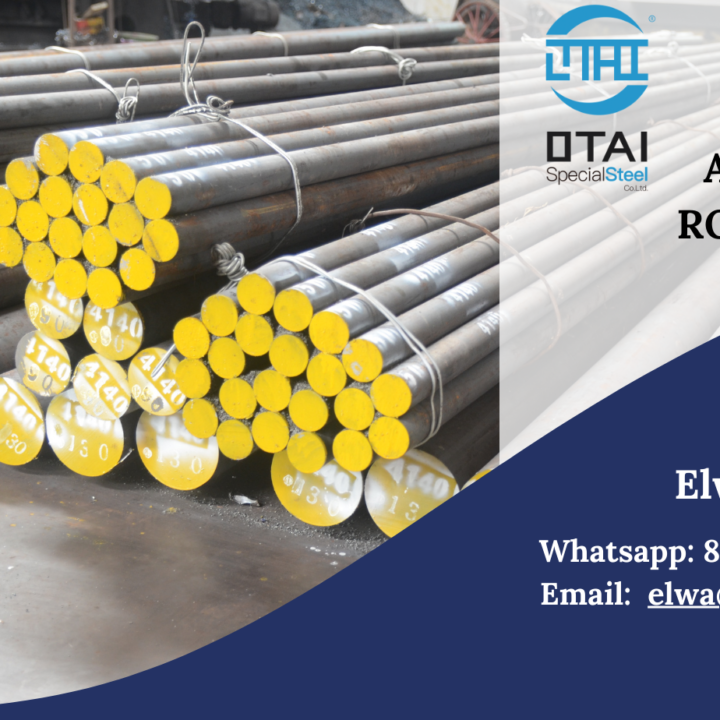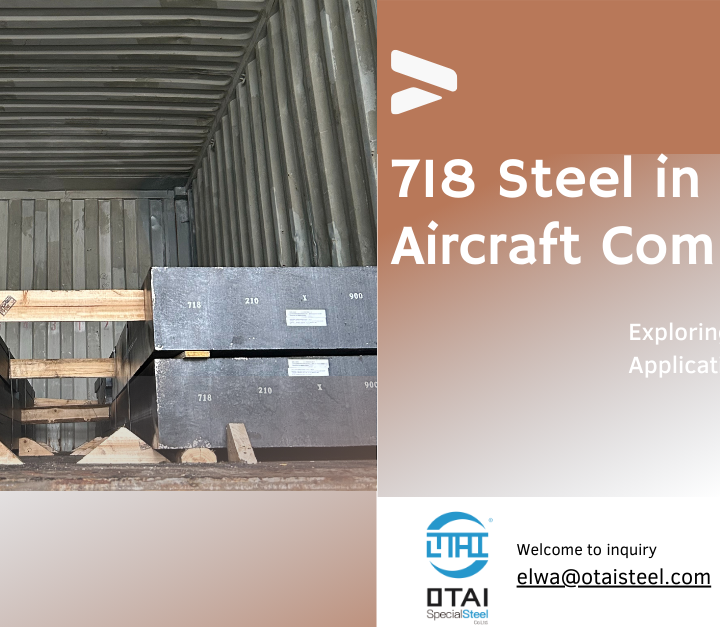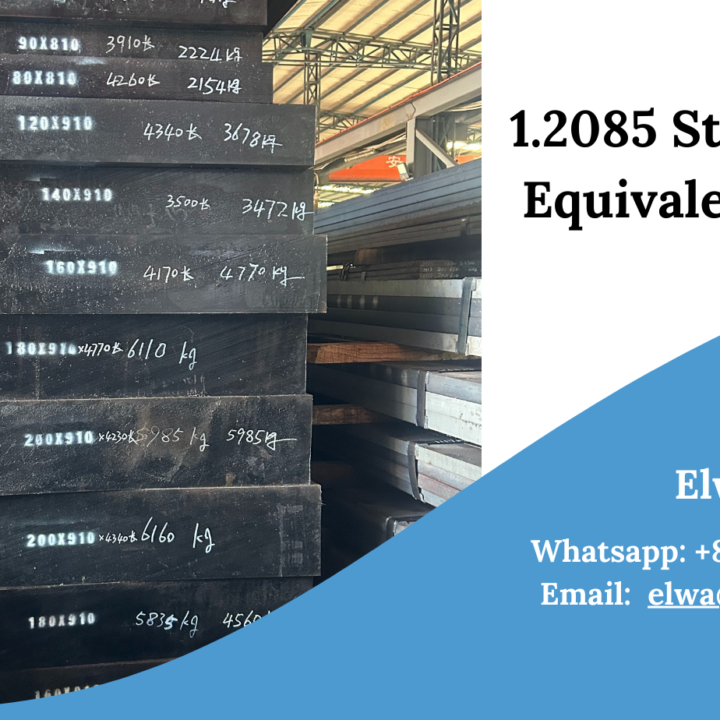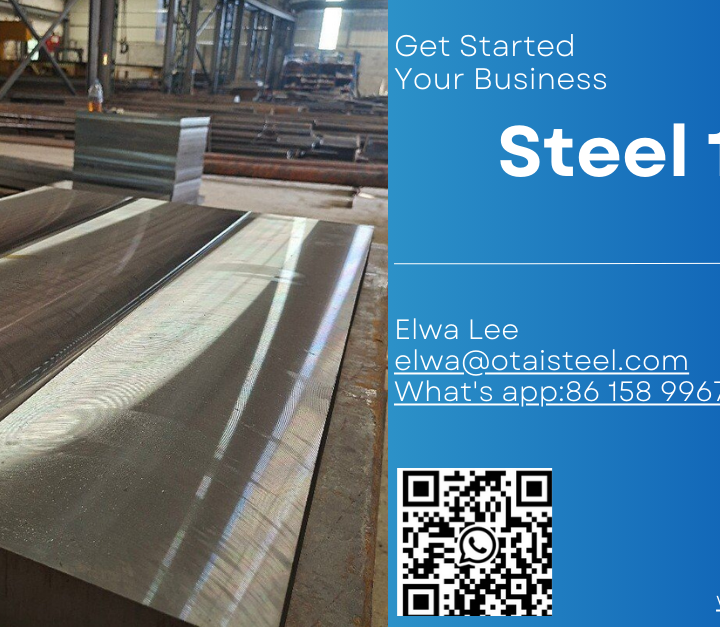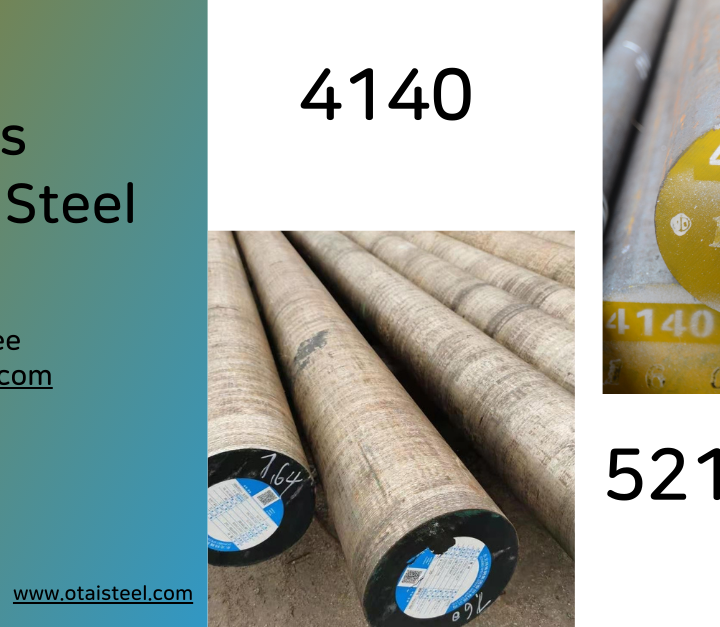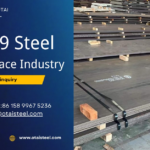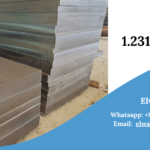In the realm of special steel materials, the choice between 4340 and 40CrNiMo alloys is a critical decision that can significantly impact the performance of various applications. As a seasoned technical expert in steel materials, let’s delve into the nuances of 4340 and 40CrNiMo, shedding light on their unique properties, applications, and key differentiators.
Understanding 4340 Alloy
4340 alloy steel is a versatile and high-strength material known for its exceptional toughness and wear resistance. Comprising a combination of nickel, chromium, and molybdenum, this alloy exhibits robust mechanical properties, making it suitable for applications in demanding industries such as aerospace, oil and gas, and automotive.
Chemical Composition
- Nickel (Ni): 1.65% – 2.00%
- Chromium (Cr): 0.70% – 0.90%
- Molybdenum (Mo): 0.20% – 0.30%
- Carbon (C): 0.38% – 0.43%
Mechanical Properties
- Tensile Strength: 1080 MPa
- Yield Strength: 930 MPa
- Elongation: 12%
Applications of 4340 Alloy
4340 alloy steel finds its applications in critical components like gears, shafts, and aircraft landing gear due to its excellent combination of strength and toughness. Its ability to withstand high-stress conditions makes it a preferred choice in situations where reliability is paramount.
Insights into 40CrNiMo Alloy
On the other hand, 40CrNiMo is another alloy with notable characteristics, offering a different set of advantages in various scenarios. Understanding its composition, properties, and applications is essential for making informed decisions in material selection.
Chemical Composition
- Nickel (Ni): 1.25% – 1.65%
- Chromium (Cr): 0.30% – 0.60%
- Molybdenum (Mo): 0.15% – 0.25%
- Carbon (C): 0.37% – 0.44%
Mechanical Properties
- Tensile Strength: 980 MPa
- Yield Strength: 835 MPa
- Elongation: 14%
Applications of 40CrNiMo Alloy
40CrNiMo, with its balanced composition, is often employed in applications requiring good fatigue resistance and high core strength. Common uses include components in the automotive industry, such as crankshafts and connecting rods, where durability and resilience are crucial.
Distinguishing Factors
While both 4340 and 40CrNiMo exhibit impressive mechanical properties, their distinctions lie in specific applications. 4340, with its higher nickel content, excels in scenarios demanding superior toughness, such as aerospace components. Conversely, 40CrNiMo, with its emphasis on core strength, is favored in applications where fatigue resistance is paramount, as seen in automotive components.
Conclusion
In the dynamic landscape of special steel materials, the choice between 4340 and 40CrNiMo alloys hinges on the specific requirements of each application. Both alloys boast impressive properties, and understanding their nuances allows engineers and designers to make informed decisions, ensuring optimal performance in diverse industrial settings.
FAQs
- Which alloy is better for applications requiring high fatigue resistance?
Both 4340 and 40CrNiMo alloys offer good fatigue resistance, but the choice depends on specific application requirements.
- Can these alloys be heat-treated for further enhancement of their properties?
Yes, both 4340 and 40CrNiMo alloys respond well to heat treatment, allowing for tailored mechanical properties.
- Are these alloys corrosion-resistant?
While they offer some corrosion resistance, additional protective measures may be required in corrosive environments.
- What are the cost considerations when choosing between 4340 and 40CrNiMo?
The cost varies based on factors such as alloy composition, availability, and required specifications.
- Can these alloys be used interchangeably in certain applications?
Depending on the specific mechanical and environmental requirements, they may be interchangeable, but careful consideration is advised.
